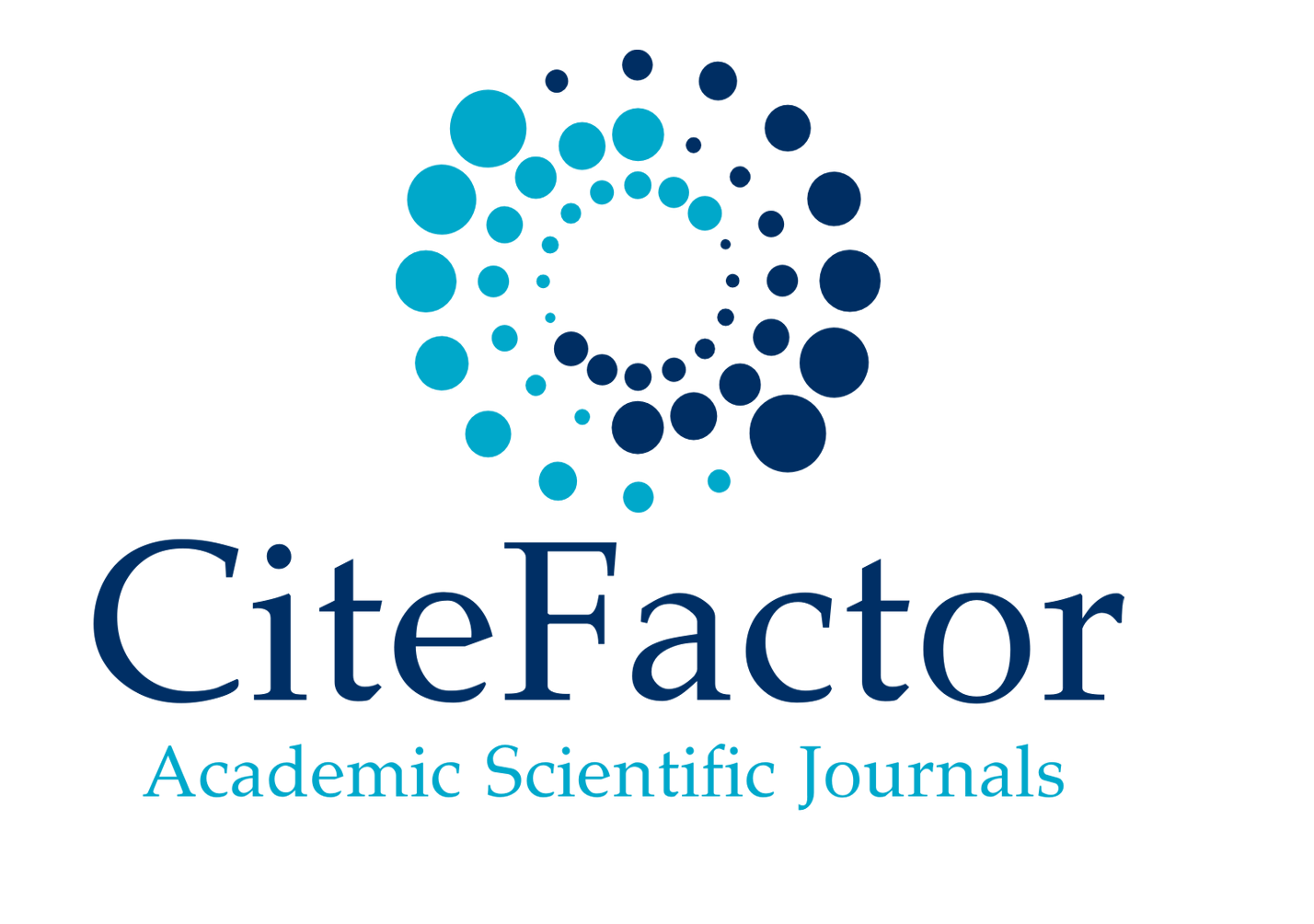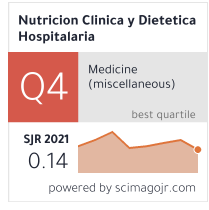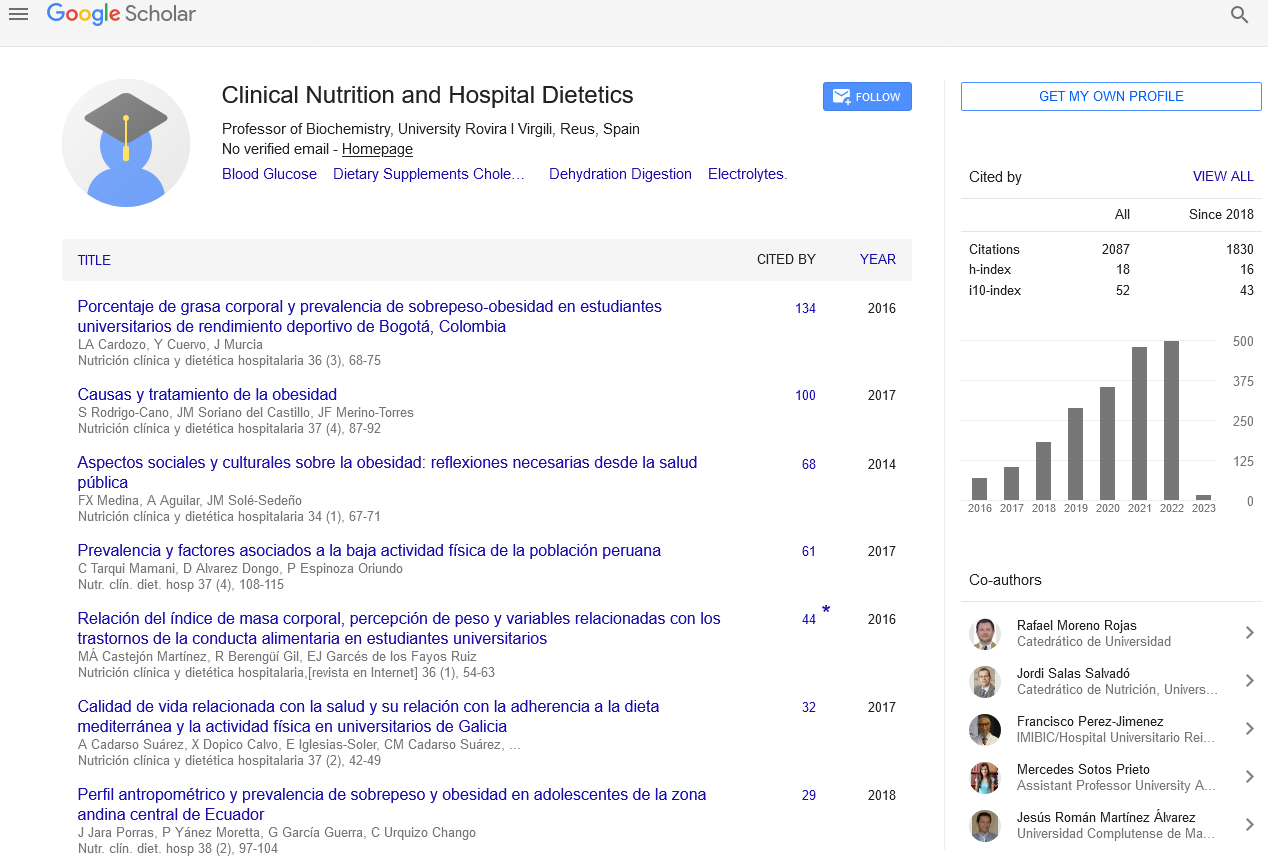Abstract
Profile consumption food and ratio calcium / protein in women in climacteric
Author(s): Lima, Luciane de Freitas1; Lacerda, Kelly Cavalheiro1; Ribeiro Elias, Maria Amélia1; Ghetti, Fabiana de Faria1; Dutra, Sheila Cristina Potente Luquetti 2; Aguiar, Aline Silva de2
Introduction: The significant increase in life expectancy among women makes us look more clearly the importance of health care during the phase of menopause.
Objective: This study aims to evaluate the food intake of macronutrients (carbohydrates, proteins and lipids) and micronutreintes (calcium and vitamin D), the ratio of calcium intake and women of protein in the climacteric phase and the correlation between the consumption of calcium and protein with educational level and salary level.
Methods: This was a retrospective study using secondary data, for the period from January 2013 to January 2014, women in the climacteric period. The calorie and food intake was analyzed by food record three days and the socioeconomic and anthropometric data, through specific questionnaires routinely Project “Living Better” of Juiz de Fora University Hospital, Brazil.
Results: The study population consisted of 43 women between 39 and 63 years old, with a mean age of 50.3 ± 4.7 years. Most had completed high school (55.8%) and a wage level between 1 and 2 minimum wages (64.3%). The mean body mass index was equivalent to overweight (28.9 ± 4,3kg / m²). The daily intake of carbohydrate (259.6 ± 79.4g), protein (72.2 ± 18.7g) and lipid (56.5 ± 19.9g) remained within the reference values. The daily calcium intake (614.2 ± 407.2 mg) and vitamin D (1.08 µg), as well as the calcium / protein ratio (8/1) were inadequate. There was no significant association between calcium / protein ratio and the degree of schooling, and the calcium / protein and salary levels, but increased the calcium was observed / protein among those who had wage income between 2 and 5 minimum wages and among those who had more education.
Conclusion: On average, women are overweight. The caloric and macronutrient intake was adequate, as was within the acceptable distribution range. However, the consumption of calcium and vitamin D, did not reach the recommended minimum recommendations. The calcium / protein showed to be inadequate and its correlation with socioeconomic data was not significant.
Google Scholar citation report
Citations : 2439
Clinical Nutrition and Hospital Dietetics received 2439 citations as per google scholar report
Indexed In
- Google Scholar
- Open J Gate
- Genamics JournalSeek
- Academic Keys
- JournalTOCs
- ResearchBible
- SCOPUS
- Ulrich's Periodicals Directory
- Access to Global Online Research in Agriculture (AGORA)
- Electronic Journals Library
- RefSeek
- Hamdard University
- EBSCO A-Z
- OCLC- WorldCat
- SWB online catalog
- Virtual Library of Biology (vifabio)
- Publons
- MIAR
- Geneva Foundation for Medical Education and Research
- Euro Pub
- Web of Science
Journal Highlights
- Blood Glucose
- Dietary Supplements
- Cholesterol, Dehydration
- Digestion
- Electrolytes
- Clinical Nutrition Studies
- energy balance
- Diet quality
- Clinical Nutrition and Hospital Dietetics




